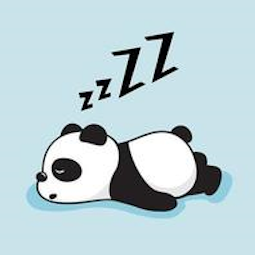Not really more convenient tbh. Every large number is a cryptic puzzle you have to solve first.
What bugs me most is that because of their perfect symmetry, if you turn the paper around, the glyphs are still perfectly legible, just give you the wrong number.
I bet they scribbled these mostly on the walls of their cells in their Monastery. You’d have to hang upside down from your bunk to misread it.
In all seriousness, wait until you hear that they wrote these horizontally when combined with Latin script.
I’ve seen this a hundred times now and it annoys me every time – there are still separate digits, they’re just attached to a central line. I can invent another way of writing 1-9999 with a “single symbol” too, here we go:
0001 0002 0003…0099 0100…9998 9999You missed the point. One’s own may never have to leave the page. But should one?
Right but that’s still disingenuous toward it, they manage to fit everything in a single glyph, which is of a standard size, and it is more information in a smaller space.
This number system chooses economy of paper over readability.
A good choice in a medieval monastery where parchment is precious and time is plentiful.
A bad choice in modern society.
Readability only seems poor because we’re not used to it. It’s actually pretty logical and well thought out. The real problem is that the system isn’t expandable, so once you get to 10000 you have to get creative.
I wonder how easy it is to perform arithmetic with these.
That’s easy, just add a second gliph or more with a line connecting them.
Define glyph
A glyph (/ɡlɪf/ GLIF) is any kind of purposeful mark. In typography, a glyph is "the specific shape, design, or representation of a character".
Courtesy of Wikipedia (emphasis mine)
A character
Is this loss?




